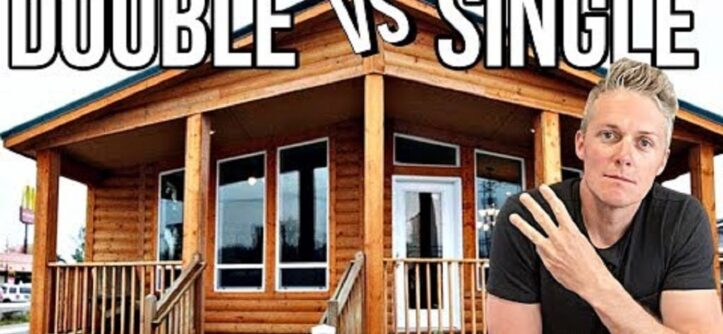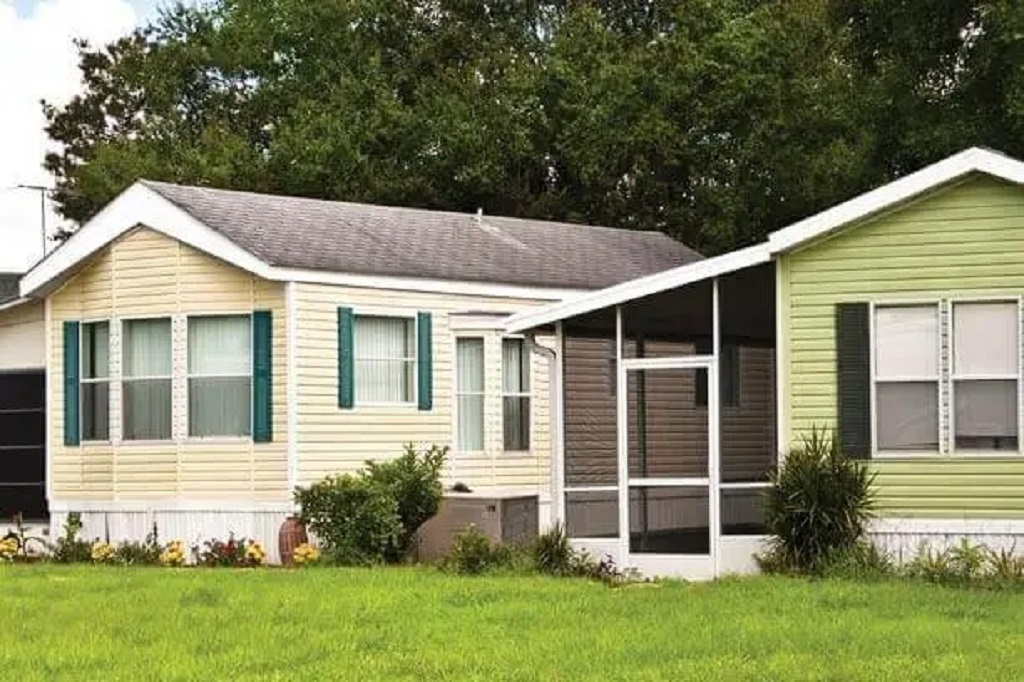Choosing between a single wide and double wide mobile home is one of the most important financial decisions you’ll make when shopping for manufactured housing. Both options offer affordable homeownership opportunities, but understanding their cost differences can help you make the best choice for your budget and lifestyle. Additionally, financing options like Carryback Financing can make either option more accessible to potential homeowners.
When planning your mobile home purchase, you’ll need to consider transportation costs as well. The logistics of moving your new home to its final location involves understanding weight restrictions and regulations. For instance, knowing what is the max weight for a 53 foot trailer becomes crucial when coordinating delivery with your manufacturer or dealer. However, the primary focus should remain on selecting the right home size and style for your needs.
The manufactured housing industry has evolved significantly over the past decades. Today’s mobile homes offer modern amenities, energy-efficient features, and quality construction that rivals traditional site-built homes. Furthermore, the cost advantages make them attractive to first-time buyers, retirees, and anyone seeking affordable housing solutions.
Understanding Single Wide Mobile Homes
Single wide mobile homes typically measure between 14 to 18 feet in width and 40 to 90 feet in length. These homes are constructed as one complete unit in the factory and transported to their destination on a single trailer. The streamlined design makes them the most affordable option in manufactured housing.
The average cost of a new single wide mobile home ranges from $40,000 to $90,000, depending on size, features, and location. However, this price can vary significantly based on your chosen upgrades and local market conditions. Therefore, it’s essential to get quotes from multiple dealers in your area.
Used single wide homes offer even more affordable options, typically ranging from $15,000 to $50,000. Nevertheless, buyers should carefully inspect older homes for structural issues, plumbing problems, and electrical concerns that could result in costly repairs later.
Exploring Double Wide Mobile Home Options
Double wide mobile homes consist of two sections that are joined together on-site to create a larger living space. These homes typically measure 20 to 32 feet in width and can extend up to 90 feet in length. Consequently, they offer significantly more square footage than single wide options.
The price range for new double wide homes typically falls between $60,000 and $150,000. This higher cost reflects the increased square footage, additional materials, and more complex installation process. Additionally, double wides often come with premium features like cathedral ceilings, kitchen islands, and master bedroom suites.
Used double wide homes generally cost between $25,000 and $80,000, depending on age, condition, and location. Moreover, the resale value of double wides tends to hold better than single wides due to their resemblance to traditional site-built homes.
Breaking Down the Total Costs
Initial purchase price represents only part of your total investment in manufactured housing. Several additional costs must be factored into your budget planning process.
Land costs vary dramatically by location and whether you choose to rent or purchase your lot. Monthly lot rent in mobile home parks typically ranges from $200 to $800, while purchasing land can cost anywhere from $10,000 to $100,000 or more.
Installation and setup costs typically range from $5,000 to $15,000 for single wides and $8,000 to $20,000 for double wides. These expenses include foundation preparation, utility connections, skirting, and steps or decks.
Transportation costs depend on distance and complexity of delivery. Single wide homes are generally less expensive to transport than double wides due to their simpler logistics requirements.
Financing Your Mobile Home Purchase
Traditional mortgage financing for manufactured homes differs from conventional real estate loans. However, several financing options exist to help buyers achieve homeownership goals.
Chattel loans are the most common financing method for mobile homes that don’t include land ownership. These personal property loans typically have higher interest rates and shorter terms than traditional mortgages. Nevertheless, they offer faster approval processes and lower down payment requirements.
FHA loans are available for manufactured homes that meet specific construction standards and are permanently affixed to owned land. These government-backed loans offer competitive interest rates and down payments as low as 3.5%.
VA loans provide excellent financing opportunities for eligible veterans and service members purchasing manufactured homes. These loans often require no down payment and offer competitive interest rates.
Comparing Long-Term Value and Appreciation
Single wide homes typically experience slower appreciation rates compared to double wide homes and traditional housing. However, they remain an excellent entry point into homeownership for budget-conscious buyers.
Double wide homes generally hold their value better due to their larger size and more traditional appearance. Furthermore, they often appreciate at rates closer to site-built homes, especially when placed on owned land.
Location significantly impacts appreciation potential for both home types. Mobile homes in desirable areas with good schools and amenities tend to maintain value better than those in less desirable locations.
Making the Right Choice for Your Situation
Your personal circumstances should guide your decision between single wide and double wide options. Consider your current and future space needs, budget constraints, and long-term housing goals.
First-time buyers or those with limited budgets may find single wide homes provide an excellent starting point. These homes offer affordable homeownership opportunities with lower monthly payments and reduced maintenance responsibilities.
Growing families or those seeking more space might benefit from double wide options. The additional square footage and room configuration options make these homes suitable for larger households or those who entertain frequently.
Tips for Smart Mobile Home Shopping
Research multiple dealers and manufacturers to compare prices, quality, and customer service reputations. Additionally, visit display models to get a feel for different floor plans and upgrade options.
Inspect any used home thoroughly before purchase, paying special attention to the roof, flooring, windows, and major systems. Moreover, consider hiring a professional inspector familiar with manufactured housing construction.
Negotiate carefully and understand all costs involved in your purchase. Furthermore, read all contracts thoroughly and ask questions about warranties, delivery timelines, and setup procedures.
Read More Also: Diagnosing Fish Illness from Mineral Deficiency
Conclusion
Choosing between single wide and double wide mobile homes depends on your budget, space needs, and long-term goals. Single wide homes offer the most affordable entry into homeownership, while double wide homes provide more space and better resale potential. Both options represent significant improvements over renting and can help you build equity over time.
Consider all associated costs beyond the purchase price, including land, installation, and ongoing maintenance expenses. Research financing options thoroughly and work with reputable dealers who can guide you through the process. Ultimately, either choice can provide comfortable, affordable housing that meets your family’s needs.
Read More Also: Sheng Biao: The Ancient Chinese Rope Dart Weapon and How It’s Used
Frequently Asked Questions
What is the average lifespan of a mobile home?
Modern manufactured homes typically last 30-55 years with proper maintenance. However, homes built after 1976 generally have longer lifespans due to improved HUD construction standards and better materials.
Can I get a conventional mortgage for a mobile home?
Yes, but only if the home is permanently affixed to owned land and meets FHA requirements. Otherwise, chattel loans or specialized manufactured home financing are more common options.
How much should I budget for mobile home insurance?
Mobile home insurance typically costs $300-$1,000 annually, depending on location, home value, and coverage levels. This is generally less expensive than homeowner’s insurance for site-built homes.
What’s the difference in utility costs between single wide and double wide homes?
Double wide homes typically have higher utility costs due to increased square footage. However, newer manufactured homes are energy-efficient and may have lower utility costs than older site-built homes of similar size.
Can I add additions to my mobile home later?
Yes, but additions must comply with local building codes and manufacturer specifications. Double wide homes generally offer more flexibility for additions due to their wider footprint and stronger structural design.





Leave a Reply